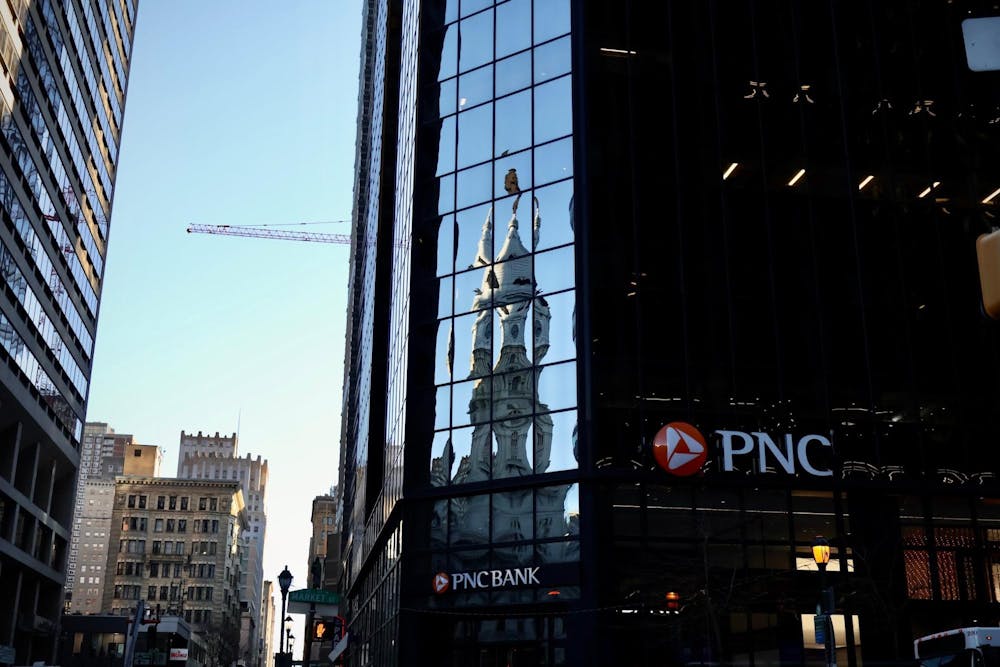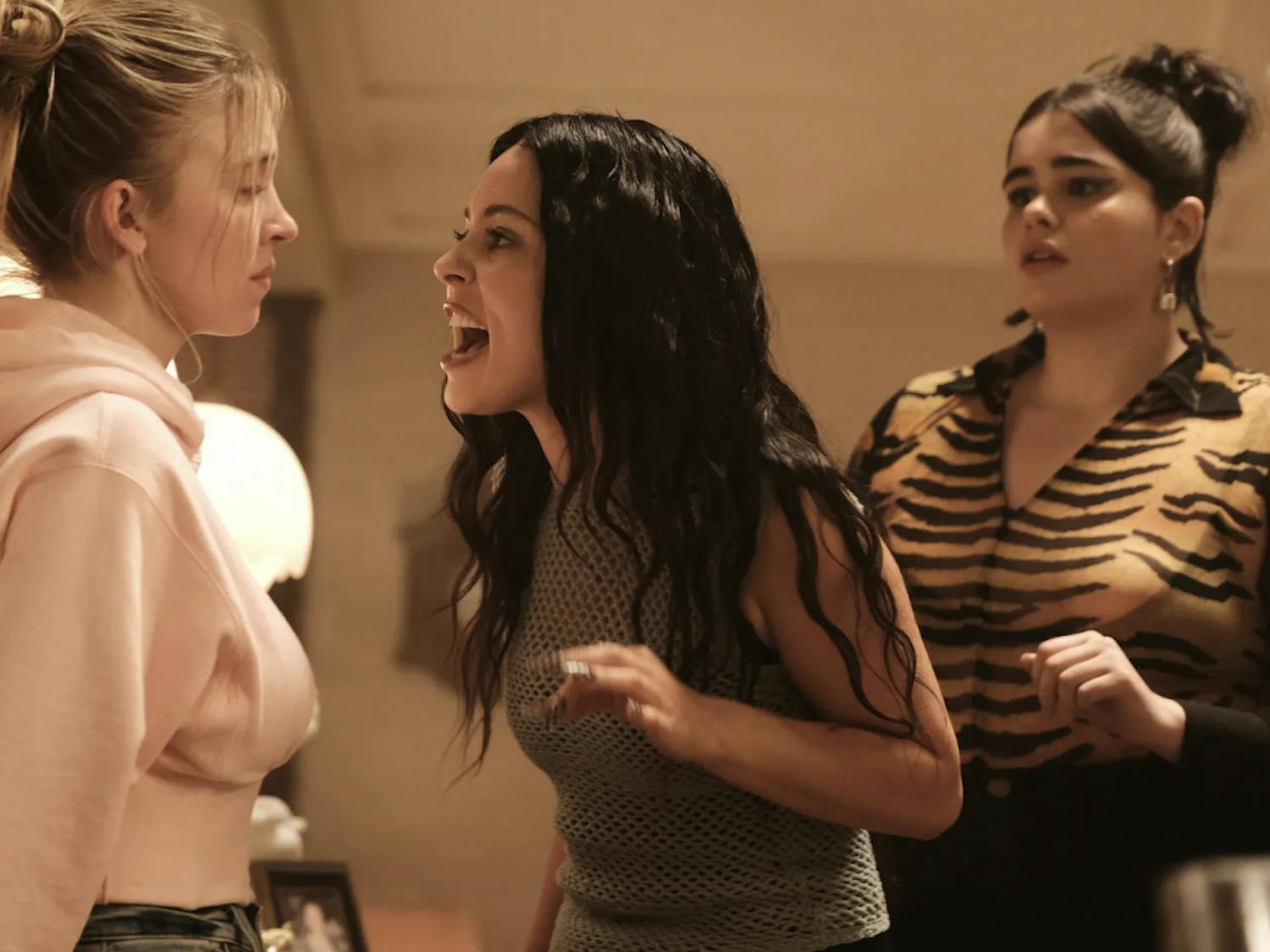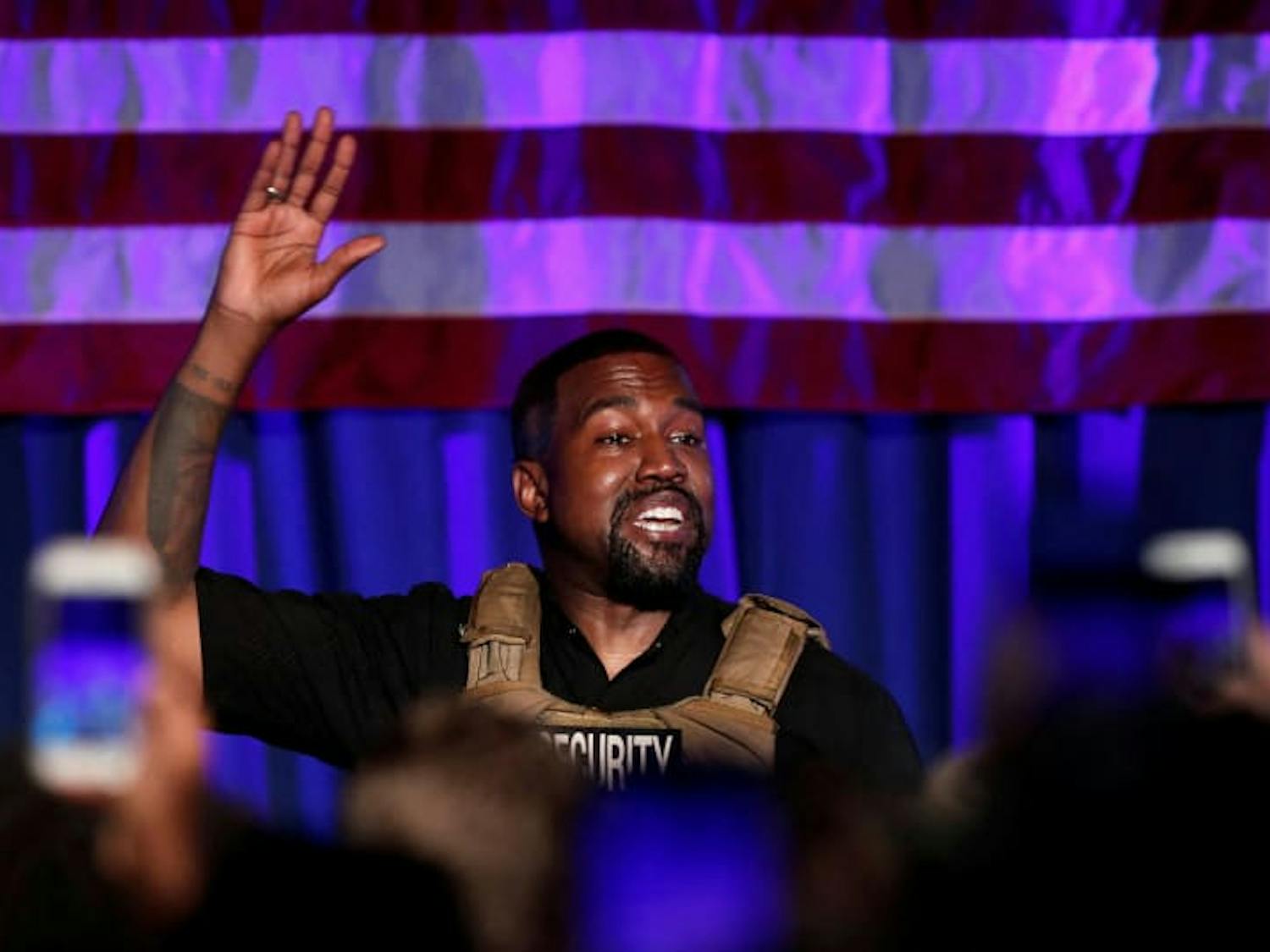As children, we were told to avoid guns and learned just how murderous these weapons can be. Alas, generations later, gun violence crimes in the United States only seem to rise with no end in sight.
Although it is too early to dictate the rise or fall of homicide statistics in 2023, we can refer to the 8% decrease in homicides from 2021 to 2022.
“Decrease” is a comforting word while explaining crime rates in Philadelphia, but, how confident can we be in a single number? How can 8% tell the stories of 349,500 recorded people who live in poverty, let alone all 1.5 million people in our city?
The short answer is that it can’t.
Our leaders in the government will celebrate, believing they did something right, while ignoring historically and presently marginalized communities in need of proper education, housing, and other essential natural rights.
Over the past few decades, the high rates of Black deaths and shooters have been consistent. On average, these rates were close to 80% for both victims and offenders. When there is a created pattern, we have to wonder what else has been static – what other lack of change has kept this statistic in limbo?
There are endless answers to this question, but most of those responses will mention the issue of poverty, and therefore, the lack of resources for youth, mental health services, physical health services, education, and even the ability to keep the land they reside.
Historical redlining and gentrification have made it impossible for marginalized communities to get mortgages and own their houses. Even though redlining is no longer a government practice, there is an instilled bias evident in our present-day banks; no action has been taken from our city council to reset this unjust practice, proof that the government would instead accumulate wealth amongst the wealthy Whites, and further dig the Black communities into survival poverty.
Gentrification is displacing residents from all over the city, including but not limited to: University City – formerly known as Black Bottom, Kensington, and Chinatown.
Black Bottom had existed for nearly a century, forming close communities. Dr. Walter Palmer, who has spent a quarter of his life in Black Bottom, reflects on his community, recalling admiration for “the older guys in the community who were protective of the community and I wanted to be just like them. I couldn’t wait to take on that responsibility, so by the time I was 15, 16 years old, I became a warlord in the community, a protector of the neighborhood, a decision maker.”
In 1968, the city and University of Pennsylvania, aided by the federal government, told the residents of Black Bottom to leave, so they could build a West Philadelphia Corporation with other universities – Drexel and University of Sciences – and the Presbyterian Hospital.
After a century of being a Black neighborhood, the government wiped them out without care or proper compensation.
Enjoy what you're reading?
Signup for our newsletter
There is no doubt that the government and wealthy developers will repeatedly choose options that benefit themselves while placing their people in the face of danger, starvation, and death. The city chose big institutional universities over meaningful communities filled with culture and history, repeating this action again recently, with UC Townhomes.
Neighborhoods cannot thrive under these circumstances that both physically and emotionally separate people. They cannot flourish without the resources they need that the city denies, resources that can unite people and create sustainable lives for them.
If it is proven that the city doesn’t care for their well-being, our communities should take it into their own hands to get what they need, sometimes forced to resort to crime and violence to get through life, to be able to obtain the things many of us take for granted.
For this, our low-income neighborhoods are condemned, used as scapegoats, and purposefully void of aid. There is the ability to convince the public that our city is good, that the everyday struggle our residents face is of their own volition, rather than the city handpicking and choosing which neighborhoods are deemed worthy of care – Hyperlink retells the efficiency of I-95 issue, proof that PA is entirely, almost too capable of helping their residents.
This is fruitful brainwash.
History has already repeated itself and will continue to repeat itself if we stay on the sidelines. We have seen a slow decrease in homicide numbers from 2007 to 2016, but those numbers shortly skyrocketed, reaching record-breaking statistics of 562 homicides. We need to take action now, instead of waiting around because an “8%” suggests the problem will naturally fade away.
The problem with the 8% is the facade it creates, an illusion that gun violence will slowly die down. It hides the underlying issues many Philadelphians face. Waiting passively will never fix the problem that needs direct and immediate action.
Frontline Dads surveyed over 500 Philadelphia residents in 2022, three-quarters of which had lost someone to gun violence. The results overwhelmingly reported that 96% of surveyors believed the city could do more to prevent gun violence.
We need more resources that aren’t hidden, ones that don’t need deep digging to find, ones that are accessible to all people, and especially ones that recognize our city is not an even playing field across the barriers of race, gender, and class. There have been countless studies that show employment and housing has reduced the rates of gun violence, which means it is possible to reduce our numbers for good. Let’s hold the city accountable to fix the mistakes they created.




